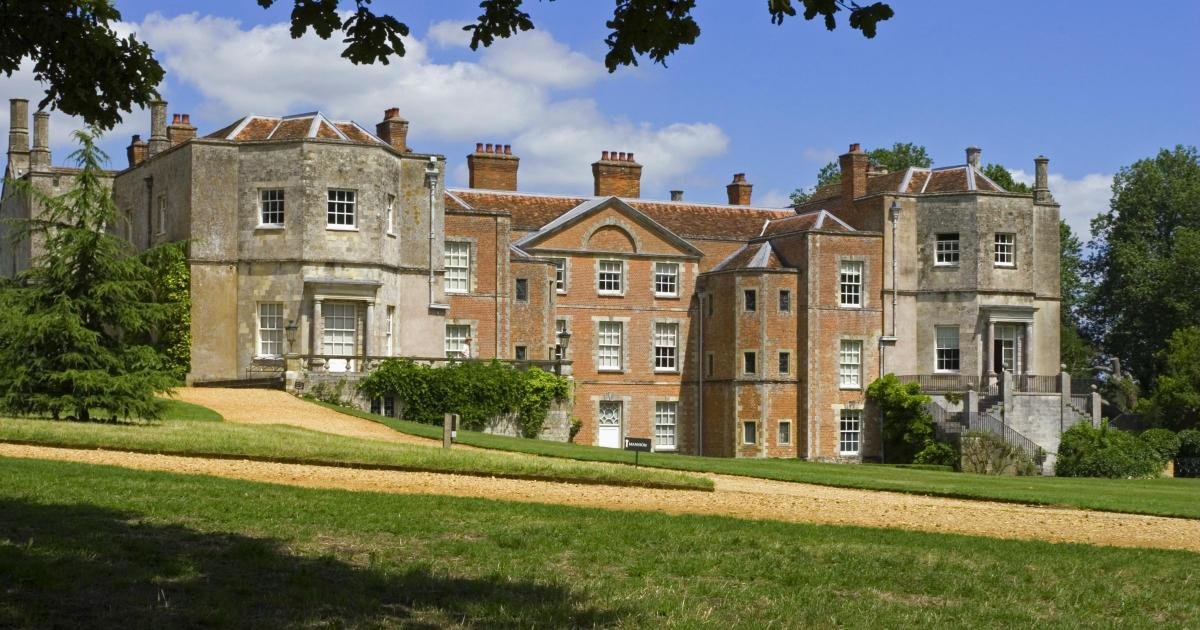The free exhibition, named ‘Deluge,’ will be held at Art Gene from March 4 to March 15.
It aims to highlight the importance of the area’s saltmarshes, which are frequently dismissed as ‘blandscape.’
Deluge is a collaboration between three international artists: Linde Ex, fine art illustrator and installation artist, Dana Olărescu, installation and performance artist, and Oscar Van Heek, photographer and filmmaker.
Over the past three years, the artists have been exploring three notable saltmarsh sites in Walney and Askam, Aberlady near Edinburgh, and Schiermonikoog, one of the Wadden islands in the North Netherlands.
They have led walks and workshops within these habitats, which inspired a series of works that will be shown in Barrow for the first time.
The exhibition hopes to change perceptions about these coastal flatlands.
The artworks on display include large photographic panoramas, pencil drawings, audio stories, and installations.
Together, they aim to make people look closer at the saltmarsh habitat and consider its environmental importance.
A free half-day conference at Art Gene on Friday, February 28, will give people more opportunity to explore the importance of saltmarshes.
Speakers include Nick O’Keefee, coastal expert and lead advisor at Natural England, Charlotte Braungardt, environmental scientist, and Jenny Holden, ecologist.
Rosy Naylor, curator and director of Art Walk Projects, said: “In this exhibition, the saltmarsh is considered as a wasteland, a space historically without use; a landscape initially underwhelming in its features.
“It considers how to value, engage with, and take care of these precious landscapes, largely forgotten and unnoticed, yet vital transitional zones between land and sea.”
Maddi Nicholson, artist, founder, and director of Art Gene, said: “Deluge takes its name from a landscape constantly under the threat of water, being flooded twice a day by the tides.
“It is a generous habitat that helps to protect our shorelines from erosion and slows down flooding.
“Saltmarshes play so many vital roles, including providing nurseries for fish and hiding places for many mammals, birds, and insects.
“And we are only recently starting to realise their importance in the fight against climate breakdown.
“Saltmarshes act as giant carbon sinks, locking away carbon for millennia if undisturbed, and they also play a role in absorbing run-off from farms, filtering out herbicides, pesticides, and heavy metals.
“We hope this exhibition makes people stop and consider the rare and crucial landscape on their doorstep and start to see the beauty and wonder within it.”
Barrow’s coast includes around 130 hectares of mudflats, saltmarsh, beaches, and freshwater marshes within South Walney Nature Reserves, as well as the North Walney National Nature Reserve, the Duddon Estuary, and Morecambe Bay.
These areas are recognised for their ecological significance, with large sections designated as Sites of Special Scientific Interest (SSSI).






